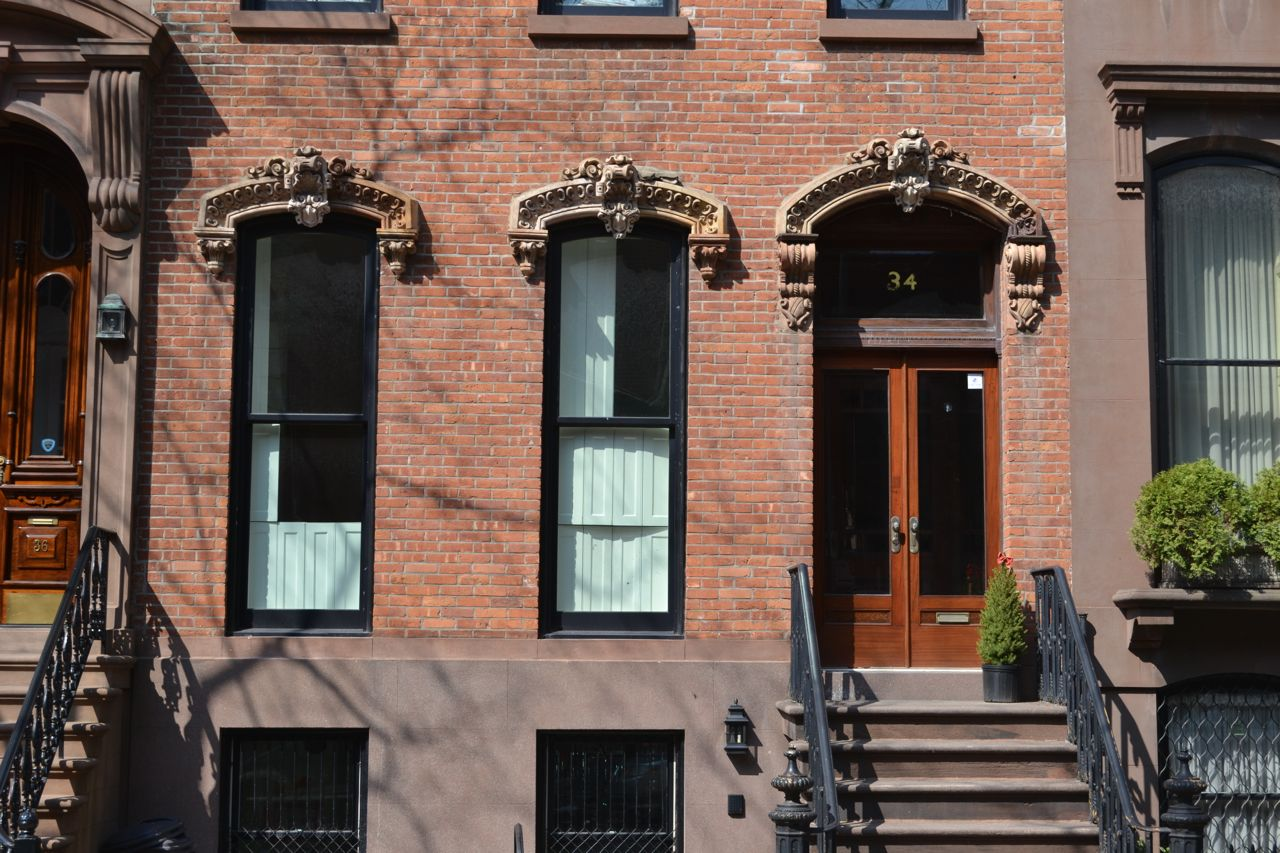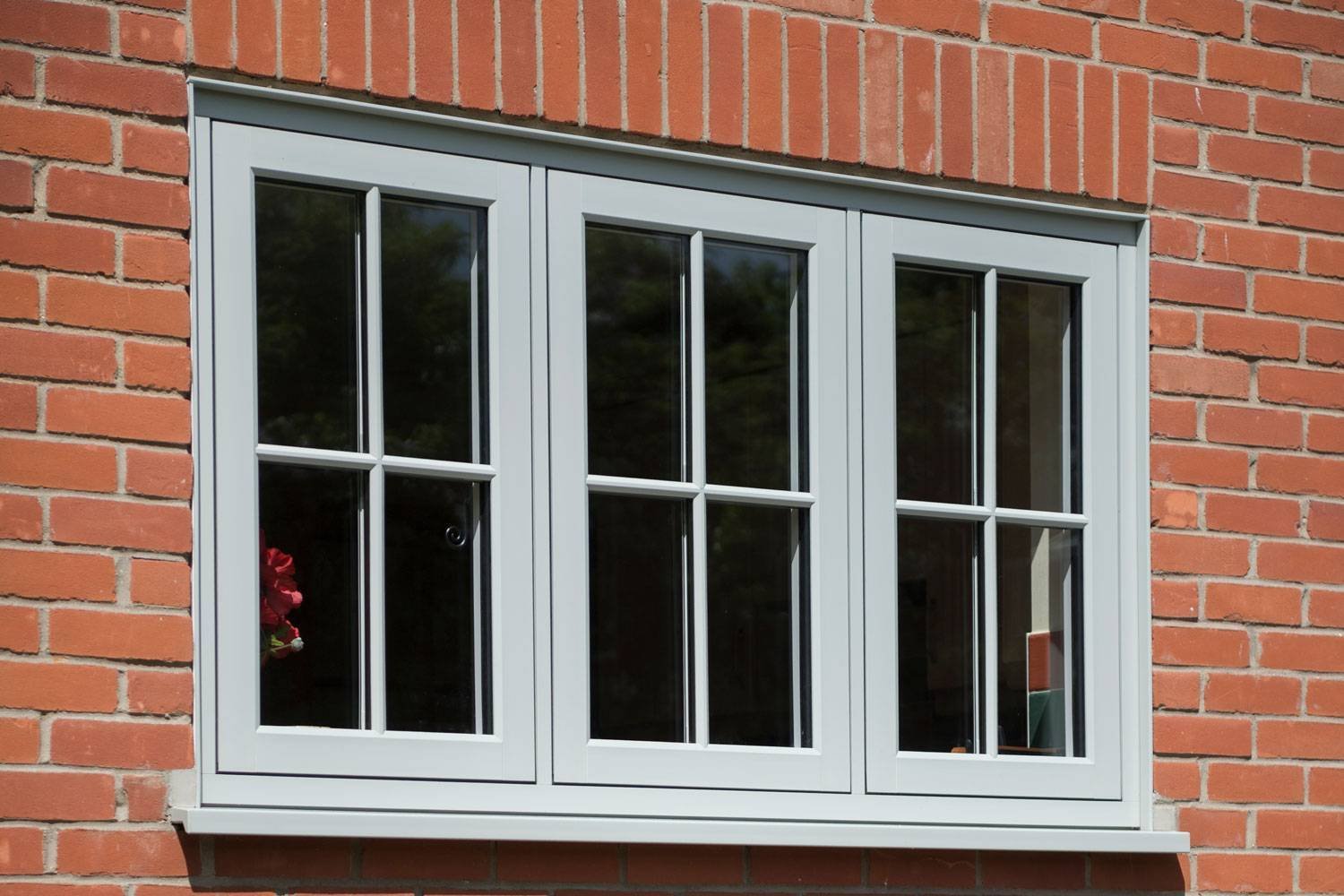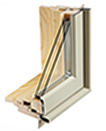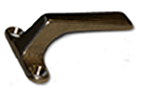


Historic Window
Description
Preserve the charm and elegance of your period property with our exquisite range of historic windows. Whether your existing windows are crafted from steel or timber, we offer a variety of replacement options to seamlessly blend with your home’s architectural heritage.
-
Dimensions Max size 3M high x 1.5M wide
-
Thermally Broken As standard
-
Glass Stained, Georgian, Astragal, Obscure
Other Details
Historic windows often feature Crittall frames, Georgian bars, or astragal bars, adding charm and authenticity to period properties. When replacing these windows—subject to planning approval—replicas must match the originals in appearance while significantly improving performance. Modern alternatives in uPVC, aluminium, or timber can achieve A+ energy ratings, enhancing insulation, security, and style. Additionally, advanced glazing options, such as acoustic glass for noise reduction or solar-reflective glass to prevent overheating, ensure year-round comfort while preserving the building’s heritage appeal.
Materials

uPVC

Aluminum

Timber
Standard Hardware

Chrome

Satin

Black

White
Standard Colours

Anthacite Grey

Black

White

Chartwell Green

Ivory

Golden Oak, Rosewood

Irish Oak
Glass

Double Glazed

Triple Glazed

Satin

Patterned
Standard Layouts

Single

2 x 2

3 x 2

2 x 3
FAQ’s
1. Can I replace historic windows with modern ones?
Yes, but you may need planning permission, especially in conservation areas or listed buildings. Replacement windows must closely match the originals while improving energy efficiency. Modern options in uPVC, aluminium, or timber can replicate historic designs while offering better insulation, security, and durability.
2. What materials are used for historic windows?
Traditional historic windows are typically made from steel (such as Crittall) or timber. When replacing them, materials like timber, aluminium, or uPVC can be used, provided they replicate the original design. Modern materials offer improved insulation, longevity, and minimal maintenance while preserving the property’s character.
3. How can historic windows improve comfort and efficiency?
Modern replacements for historic windows enhance insulation, reducing drafts and heat loss. They can also include double or triple glazing for better energy performance. Special glass options, like low-emissivity (Low-E) or argon-filled glazing, improve thermal efficiency while maintaining the window’s classic appearance, keeping your home warm, quiet, and cost-efficient.
4. What are Georgian and astragal bars?
Georgian bars are decorative horizontal and vertical bars dividing glass panes into smaller sections, typical of period homes. Astragal bars are raised and fitted onto the glass surface, mimicking traditional multi-pane designs. Both styles are essential when replacing historic windows to maintain authenticity while improving energy efficiency.
5. Are replacement historic windows energy efficient?
Yes, modern replicas of historic windows can achieve A+ energy ratings. Using advanced materials and double or triple glazing, they provide superior insulation, reducing heat loss and energy bills. Additionally, weatherproof seals and thermal breaks ensure your home stays warm in winter and cool in summer while retaining its classic charm.



